Agassi (The Handmaiden): An interview with director Park Chan-Wook
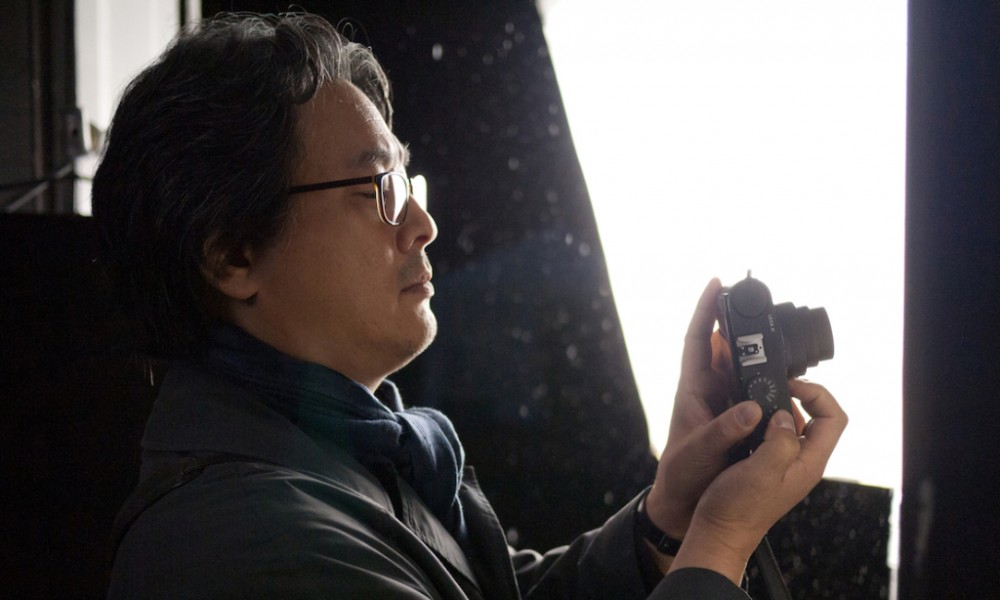
Agassi (The Handmaiden) is a ravishing new crime drama inspired by the novel Fingersmith by British author Sarah Waters. Having transposed the story to 1930s-era colonial Korea and Japan, Park presents a gripping and sensual tale of a young Japanese lady living on a secluded estate, and a Korean woman who is hired to serve as her new handmaiden, but who is secretly involved in a conman’s plot to defraud her of her large inheritance. Here’s a chat with director Park Chan-Wook.
Tell us about how you chose this project as your next film.
It was the same as what happened with Oldboy. Producer Syd LIM came across the source material first, showed it to me and asked, “What do you think?” I’m sure it was the same with other readers, but when I read the novel, the end of Part One caught me completely by surprise, but not only that, I fell in love with the author’s very detailed and vivid writing. More than anything, I chose this story because the two women at the center of the story felt so alive. One is a person with a dark past, and one is a person living in a desperate present, but both exude a very strong sense of individuality and charm.
Why did you decide to move the setting from Victorian England to the Colonial Era of the 1930s, as opposed to another time in Korean history?
There were practical reasons. When thinking about such plot elements as a society where there’s still the separate class of the nobility, where the occupation of the handmaiden exists, where there’s a character who collects rare items, etc… it seemed the only reasonable option. That was an era in which some traditional elements remained, but modernity was just beginning to take hold.
All of your previous films have featured striking production design, but The Handmaiden in particular is outstanding in this regard. Can you explain your intention and concept in terms of the art direction?
The house is an important space. KIM Hae-sook says in the beginning: “Not even in Japan can you find a home that combines Western and Japanese styles. It reflects Master Kouzuki’s admiration for Japan and England.” So when characters enter the Japanese-style quarters they must take their shoes off, and when they walk through the Western-style wing they must put them back on again. The personality of the home is an important element. Hideko’s room is located in a Western-style wing, so she sleeps in a bed and lives the life of a Western lady. In contrast, the maid’s room next door is in the Japanese style, where Sookee lives in an oshiire, a kind of a closet for storing bedclothes.
The most important space in terms of production design is the library. The exterior is traditional Japanese architecture, and inside there is a Western-style library. Inside the library there is also a section with tatami mats, which during readings get made up like a Japanese garden with white pebbles, stones and water. Japanese gardens are meant to reproduce the world in miniature -mountains and rivers, lakes and forests – so Kouzuki’s act of moving it inside is akin to creating a new world inside his own kingdom.
Let me ask about the camera movement. I don’t think I’ve ever seen a film in which the camera moves through space like it does in The Handmaiden
The house in this film is large, and there are only a few characters in this big, empty space. In addition, there are multiple scenes which we see from Sookee’s perspective in Part One, and then from Hideko’s perspective in Part Two. Throughout this, there is a sort of “game of glances” in which someone is looking at someone else, or ignoring someone, or suspecting another’s gaze. There were times when this dynamic was best expressed in close-ups, and other times when the moving camera was more effective.
Actually, at the beginning I planned to shoot this film in 3D. Usually it’s science fiction or action films that use 3D, but I thought using it far this kind of quiet drama would be interesting. The 3D would have emphasised the perspective of each character in a more pronounced way. In the end we couldn’t make it work financially, but I think the camera movement functions as a kind of replacement for that effect I wanted.
Can you tell us about your decision to use an anamorphic lens? I heard the production designer had to make the set wider to accommodate the lens.
Before shooting I spent a lot of time discussing the anamorphic lens with the cinematographer. It’s one of the luxuries we could accommodate while shooting with a digital camera. I still feel that film is superior to digital, and if I could have my choice, I’d prefer to shoot on film. But one of the things we could do while shooting on digital was to afford the use of an anamorphic lens. I have a special affection for films shot with old anamorphic lenses, plus my cinematographer had an interest in combining an old-style lens with a new digital camera. The look that it creates is quite unique, and it seemed appropriate to the period setting of the film.
Before shooting, you gave music CDs to the cast and crew. What was your intention with that?
It wasn’t that I planned to use the music in the film, but rather I wanted the actors and crew to be able to feel what the atmosphere of the completed film would be like as they made their preparations. There are the drawings in the storyboard, but since music is also effective in creating a mood, I prepared three CDs worth of music and gave it to them.
Tell us about the process of casting KIM Tae-ri.
I definitely wanted to use a new, unknown actress, so we prepared a large-scale audition. I met a lot of great young actresses with potential, after which process it become clear to us that KIM Tao, was our Sookee. She has a unique look about her, and when she speaks, she has real backbone. I had a very similar feeling when I first met Gang Hye-jung [from Oldboy]. She is a person who expresses her own strong point of view.
I’m curious if there were times on the set with actor HA Jung-woo when, without any specific instruction, he produced some unexpected expression or gesture that impressed you.
In my films, what I want is always quite particular. I’m not the kind of director to just hand an actor the script and say, “You figure it out.” Compared to some other directors, I give actors a very narrow space to work in, but there are Ernes when very talented actors express themselves within that narrow space so well that it really surprises me. That’s the kind of acting I hope for, and with HA Jung-woo there were quite a few times that happened.
In a previous interview you commented that the films of yours that contained humor have all done well. What about for The Handmaiden?
The humor in this film comes from the fact that the characters are hiding their true identities and acting. There are many scenes where they’re hiding their feelings, and thinking something different from whot they’re saying. Even if the audience doesn’t burst out laughing in the theater, I think they will be able to enjoy this sort of humor throughout the film.
How would you describe The Handmaiden, in a few words?
It’s a thriller movie, a story about swindlers, a dramatic story with several unexpected twists, and more than anything else, a romance.
The editorial unit

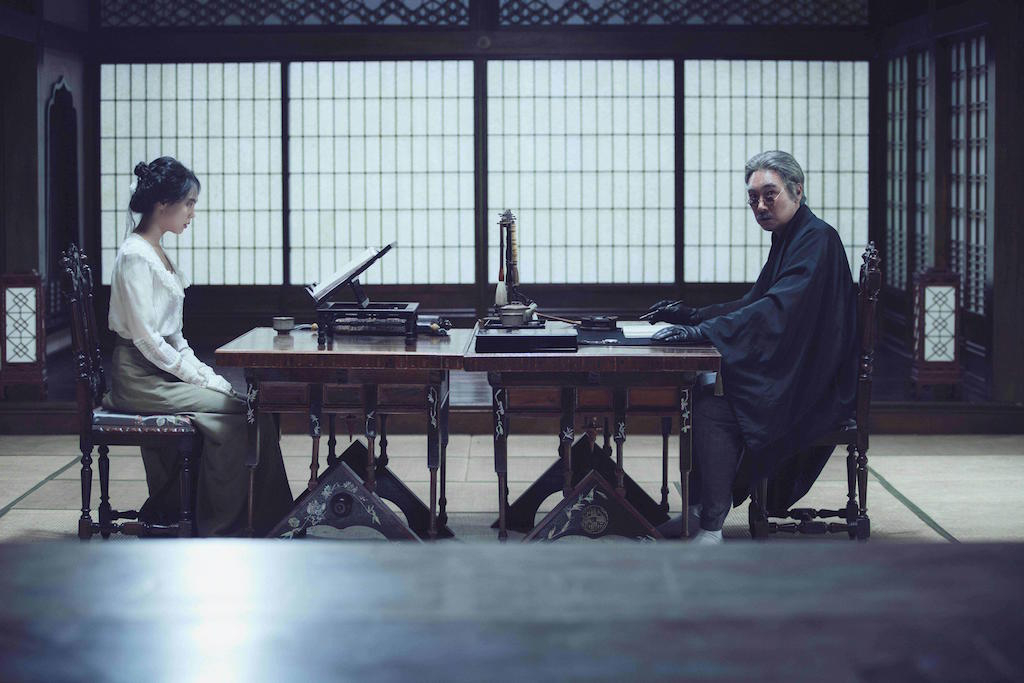
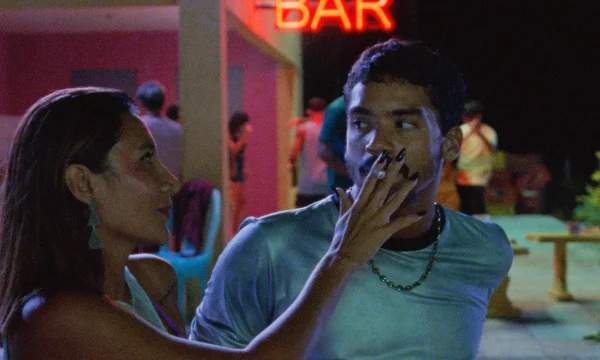
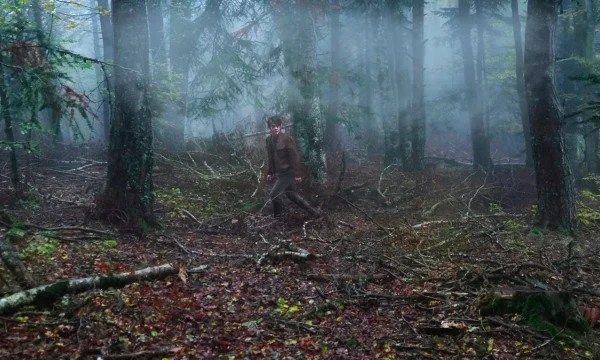
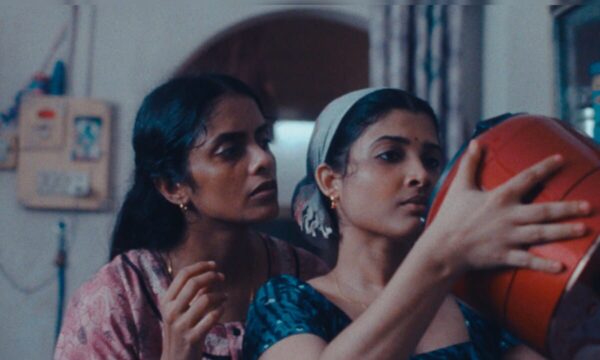
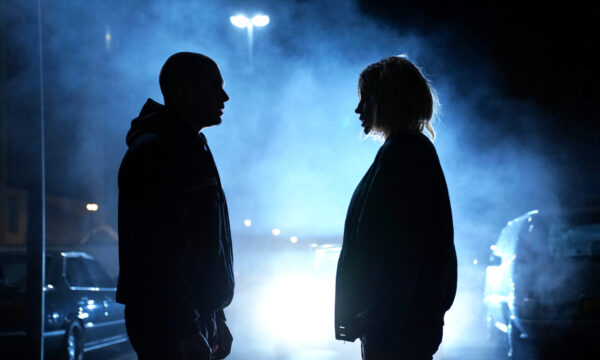
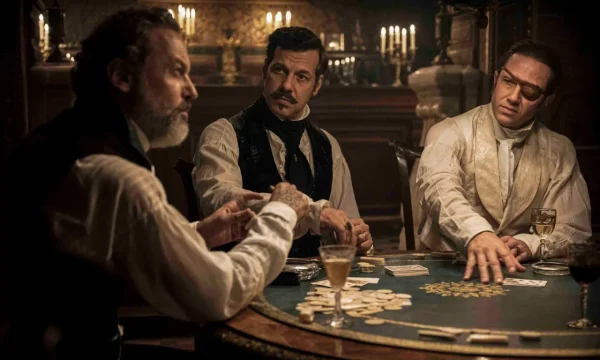
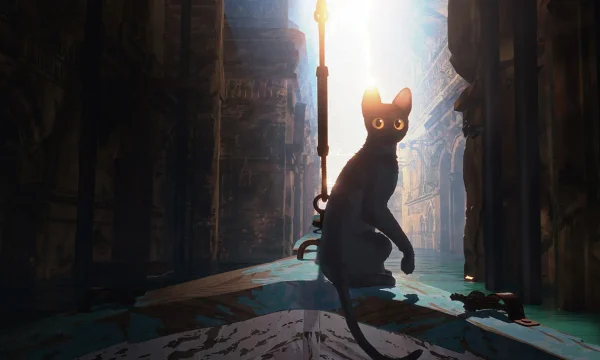
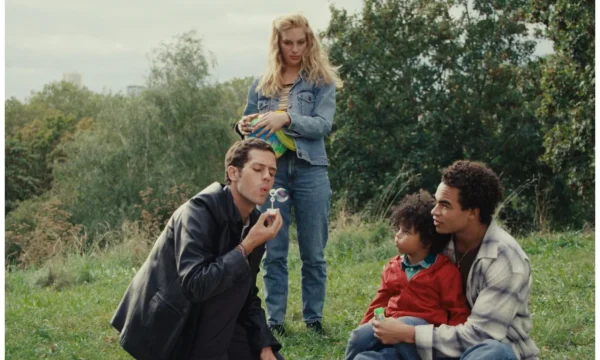
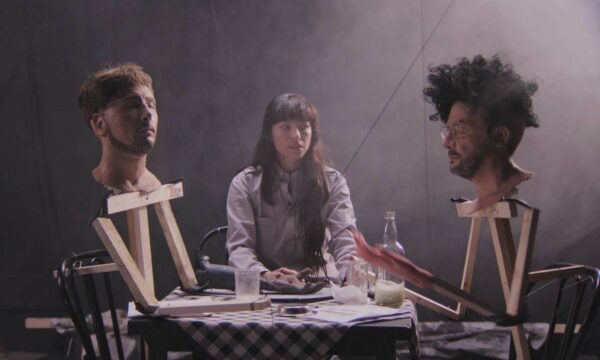
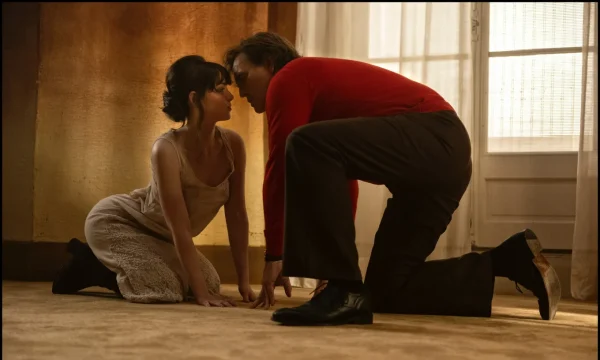








Facebook
Twitter
Instagram
YouTube
RSS